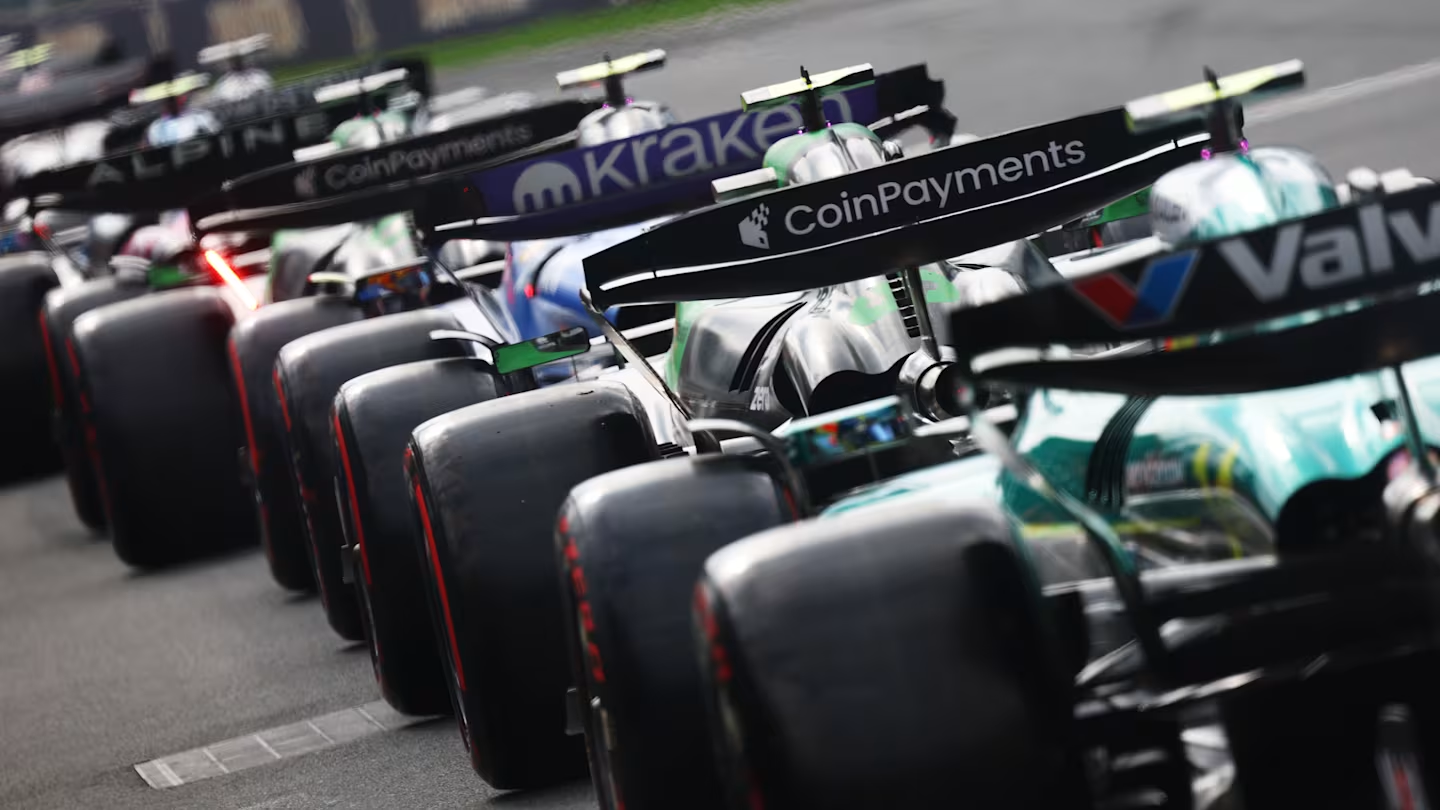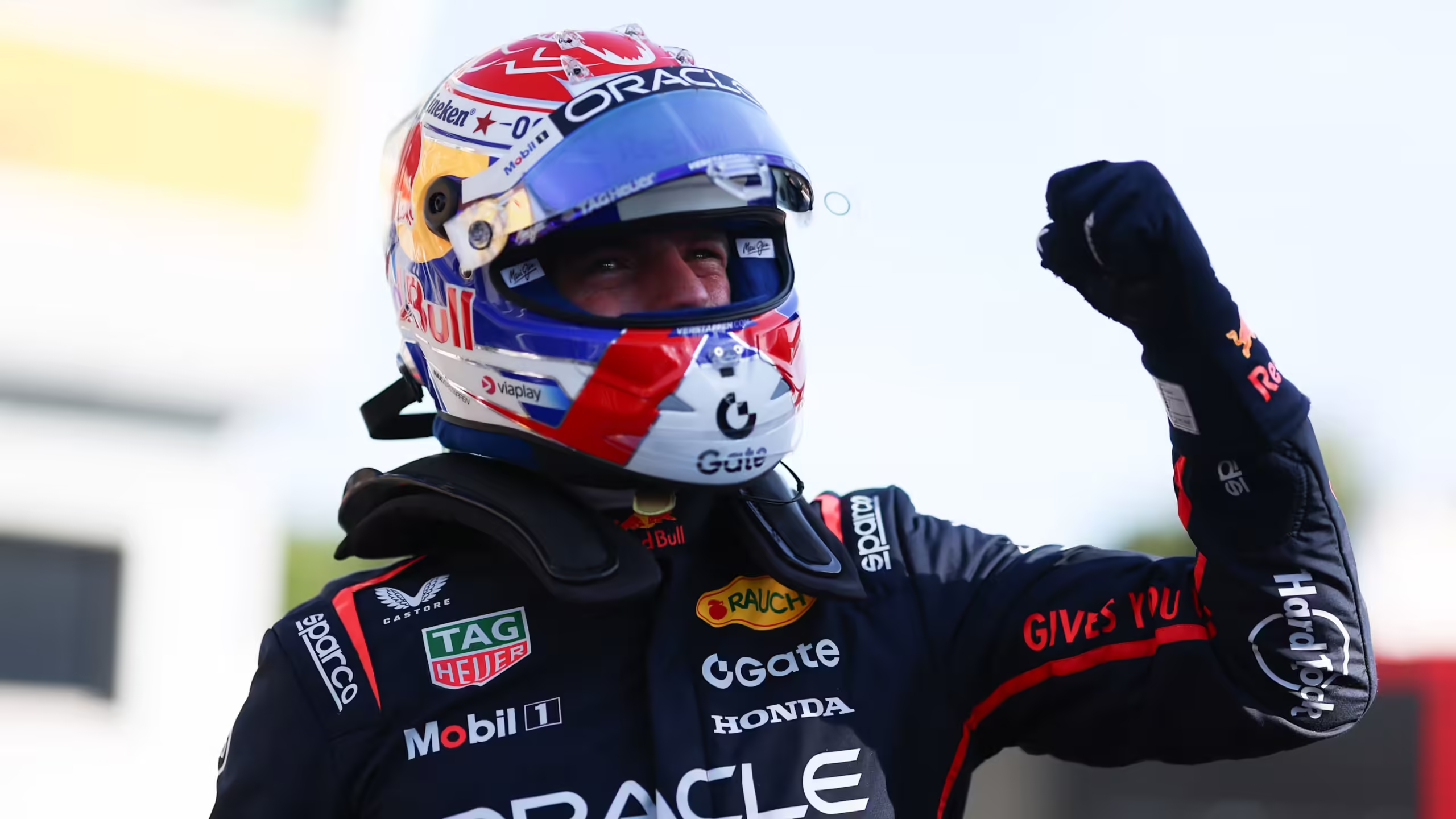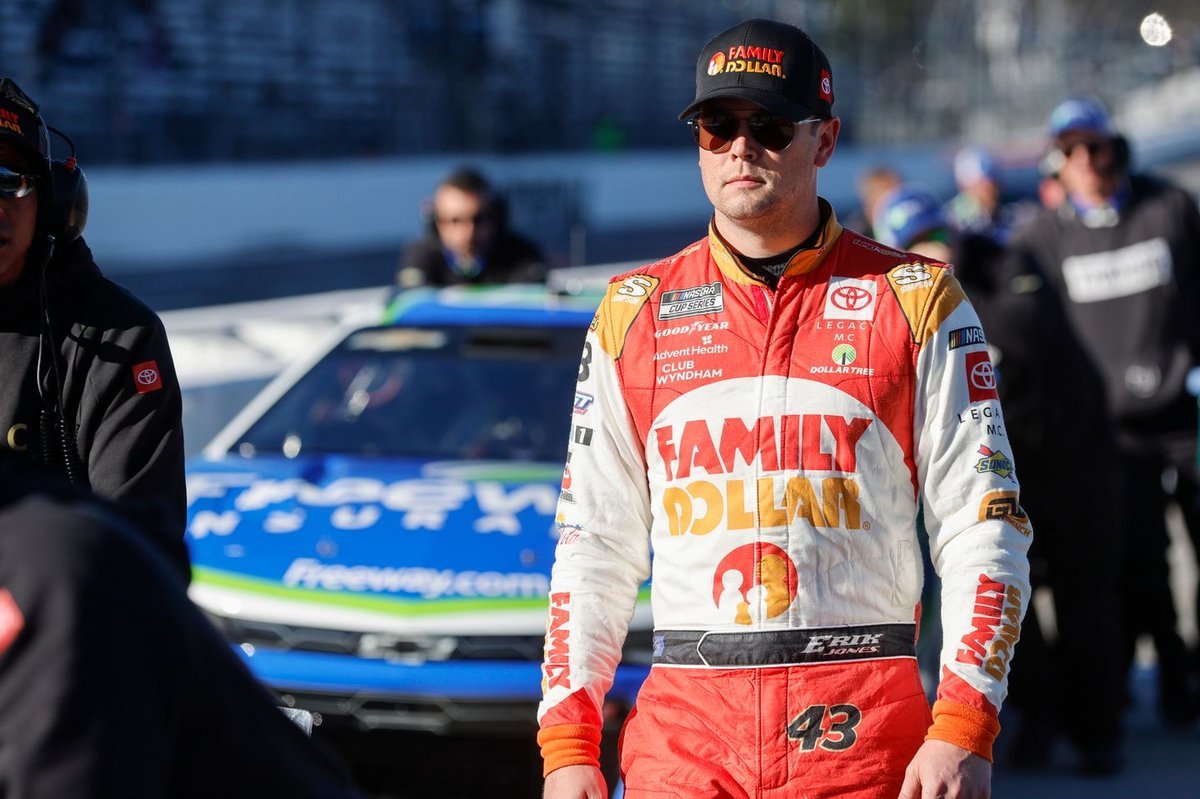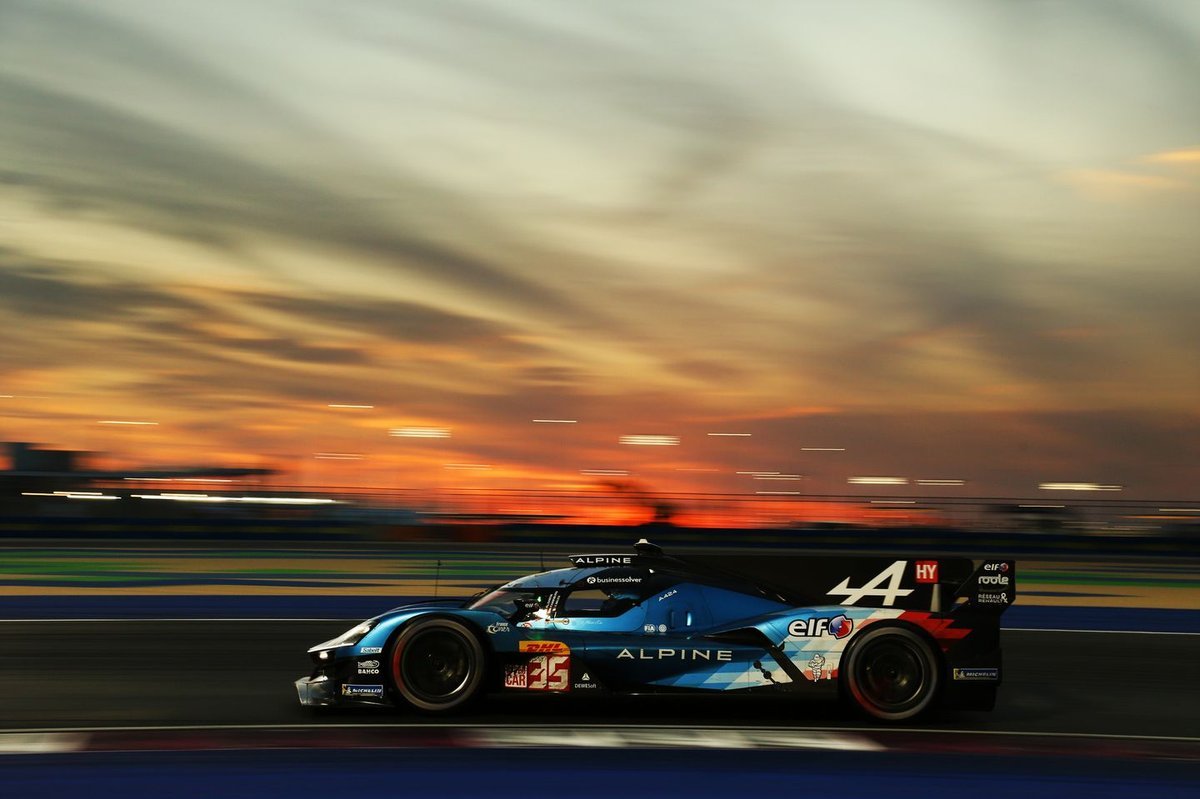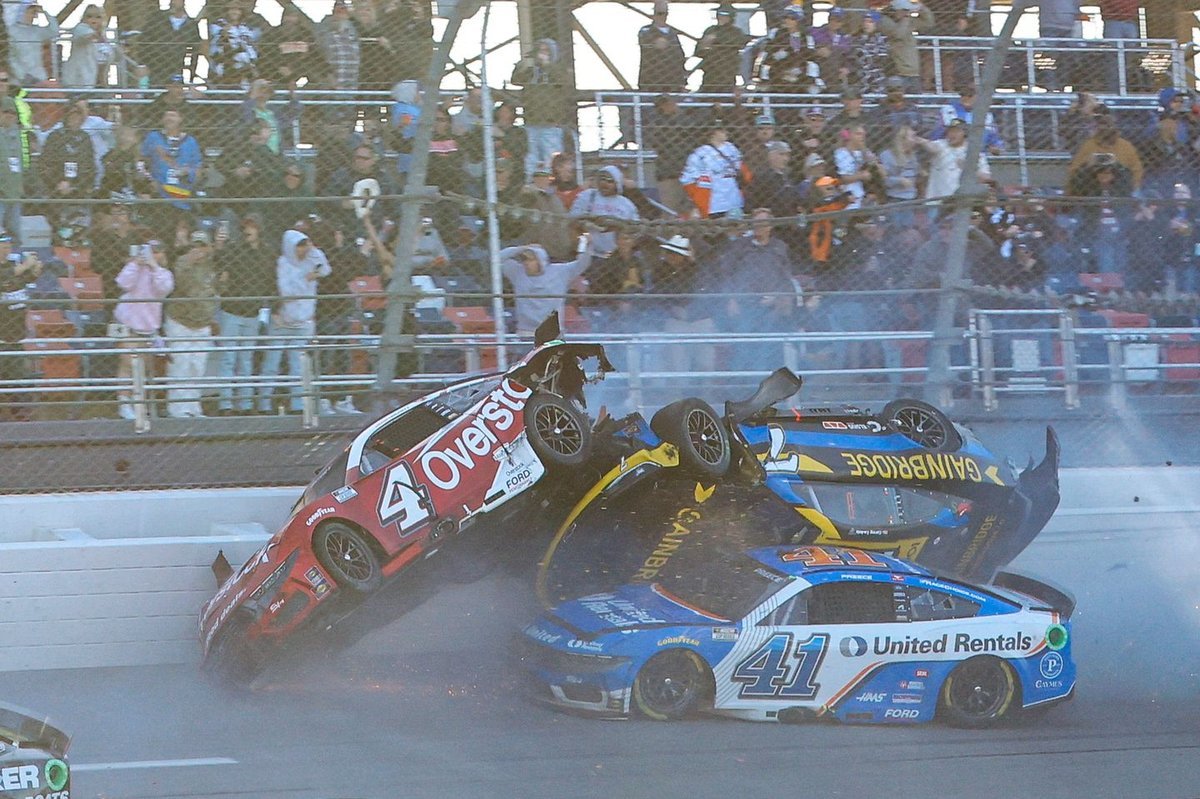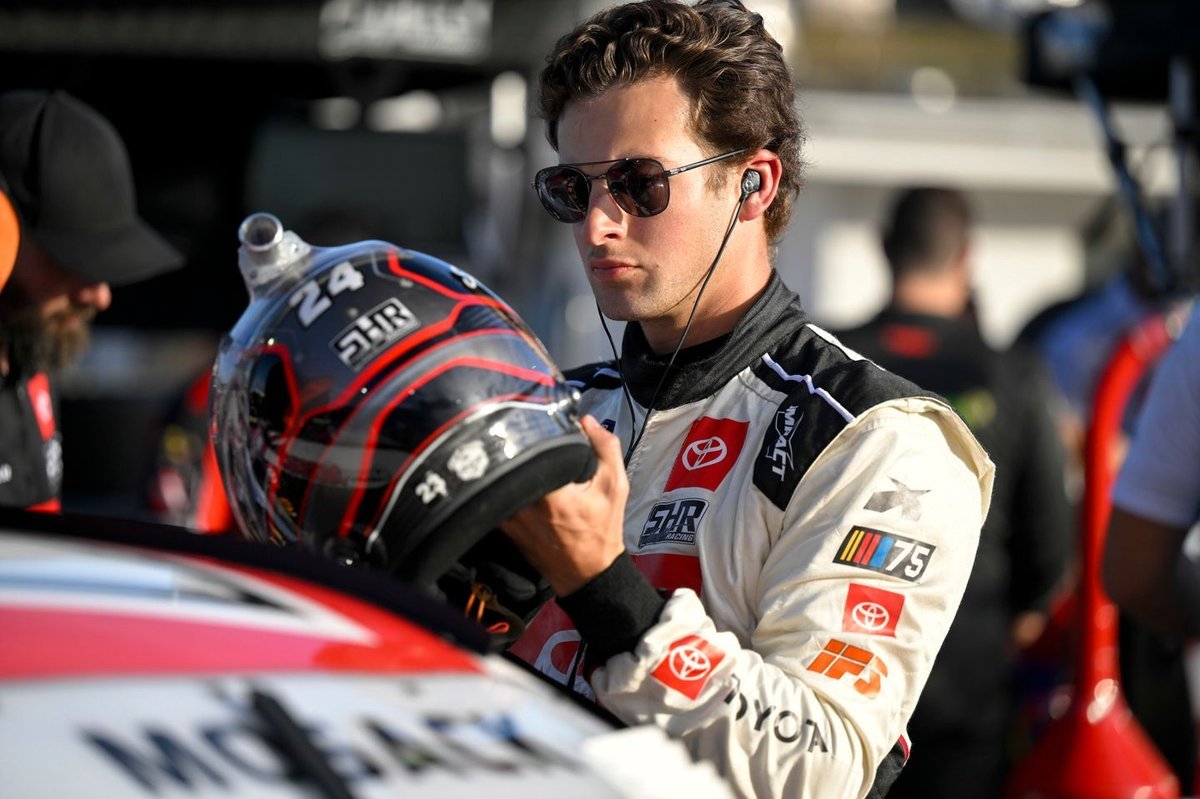
Introduction
In a decisive move to uphold the integrity of Formula 1 racing, the Fédération Internationale de l’Automobile (FIA) has announced the implementation of more stringent rear wing deflection tests commencing with the upcoming Chinese Grand Prix. This initiative aims to ensure that all teams adhere to the technical regulations concerning aerodynamic components, thereby maintaining a level playing field and promoting fair competition.
Background on Rear Wing Flexibility
Rear wings are pivotal in generating downforce, which enhances a car’s grip on the track. However, certain designs have allowed wings to flex at high speeds, reducing aerodynamic drag and providing a competitive advantage. Such flexibility, while potentially within existing regulations, contradicts the spirit of the rules intended to ensure fairness. The FIA’s decision to tighten deflection tests stems from observations and analyses conducted during the season-opening Australian Grand Prix.
Details of the New Testing Protocols
Revised Load-Deflection Parameters
Under the updated regulations, the FIA has modified Article 3.15.17 to impose stricter limits on rear wing flexibility. Previously, a vertical load of 75 kilograms applied to either end of the rear wing mainplane could not result in a slot gap variation exceeding 2 millimeters. The new mandate reduces this permissible variation to 0.5 millimeters. To accommodate teams, a temporary tolerance of 0.25 millimeters will be allowed for the Chinese Grand Prix, acknowledging the short notice of this change.
Implementation Timeline
The FIA communicated these changes to all teams on March 17, 2025, ensuring they have sufficient time to adjust their rear wing designs and comply with the new standards by the Chinese Grand Prix scheduled for March 21-23, 2025.
Rationale Behind the Stricter Tests
Observations from the Australian Grand Prix
During the Australian Grand Prix, the FIA utilized onboard cameras to monitor the deformation of rear wings under racing conditions. The analysis revealed that, while all cars complied with existing regulations, certain rear wings exhibited deformations that warranted closer scrutiny. This prompted the FIA to introduce more rigorous testing to preempt any potential exploitation of aerodynamic flexibility.
Ensuring Fair Competition
By tightening the deflection tests, the FIA aims to eliminate any ambiguities regarding rear wing designs. This move ensures that all teams operate within the intended regulatory framework, preserving the competitive balance and integrity of the sport.
Impact on Teams and Future Implications
Technical Adjustments
Teams are now tasked with evaluating and potentially redesigning their rear wings to meet the new deflection criteria. This may involve structural reinforcements or material changes to ensure compliance without compromising performance.
Ongoing Monitoring
The FIA has indicated that it will continue to monitor rear wing deformations using onboard cameras and static deflection measurements. This ongoing vigilance underscores the organization’s commitment to enforcing technical regulations and adapting them as necessary to address emerging challenges.
Conclusion
The FIA’s proactive approach in introducing tougher rear wing deflection tests reflects its dedication to maintaining fairness and technical compliance in Formula 1. As teams adapt to these changes, the sport can look forward to competitions that truly reflect the skill of the drivers and the ingenuity of compliant engineering, free from the shadows of regulatory ambiguities.

